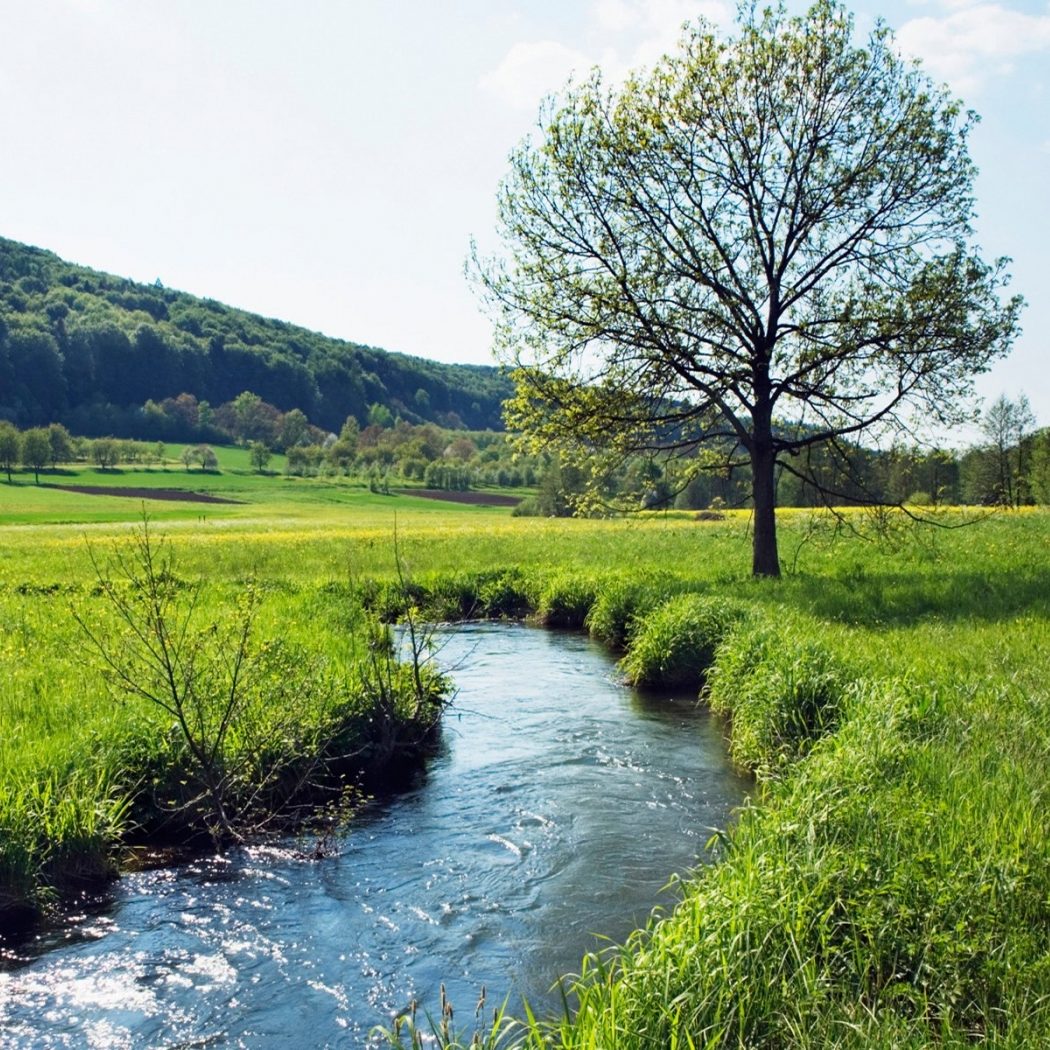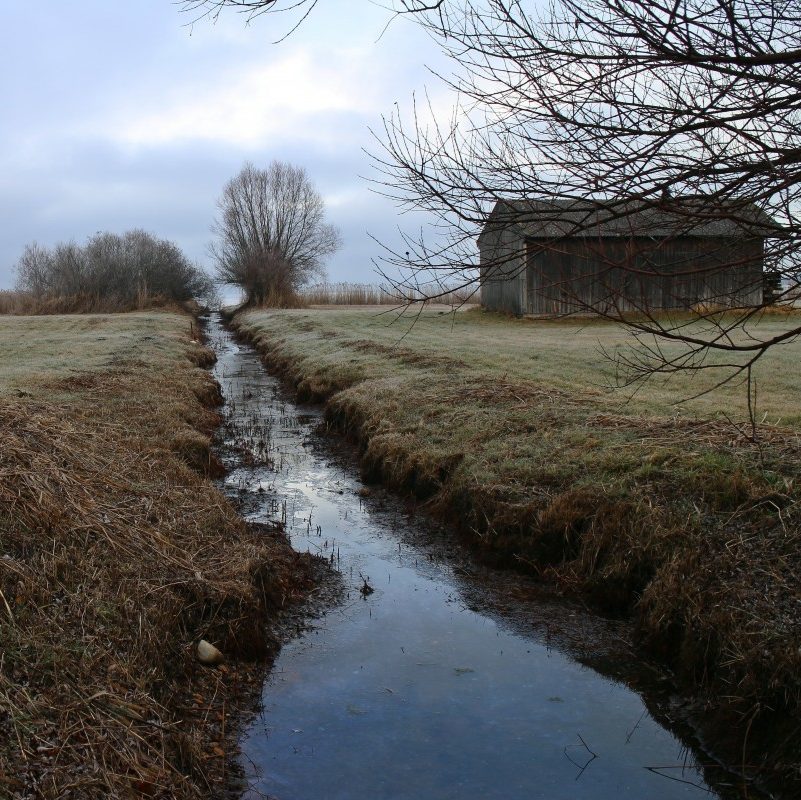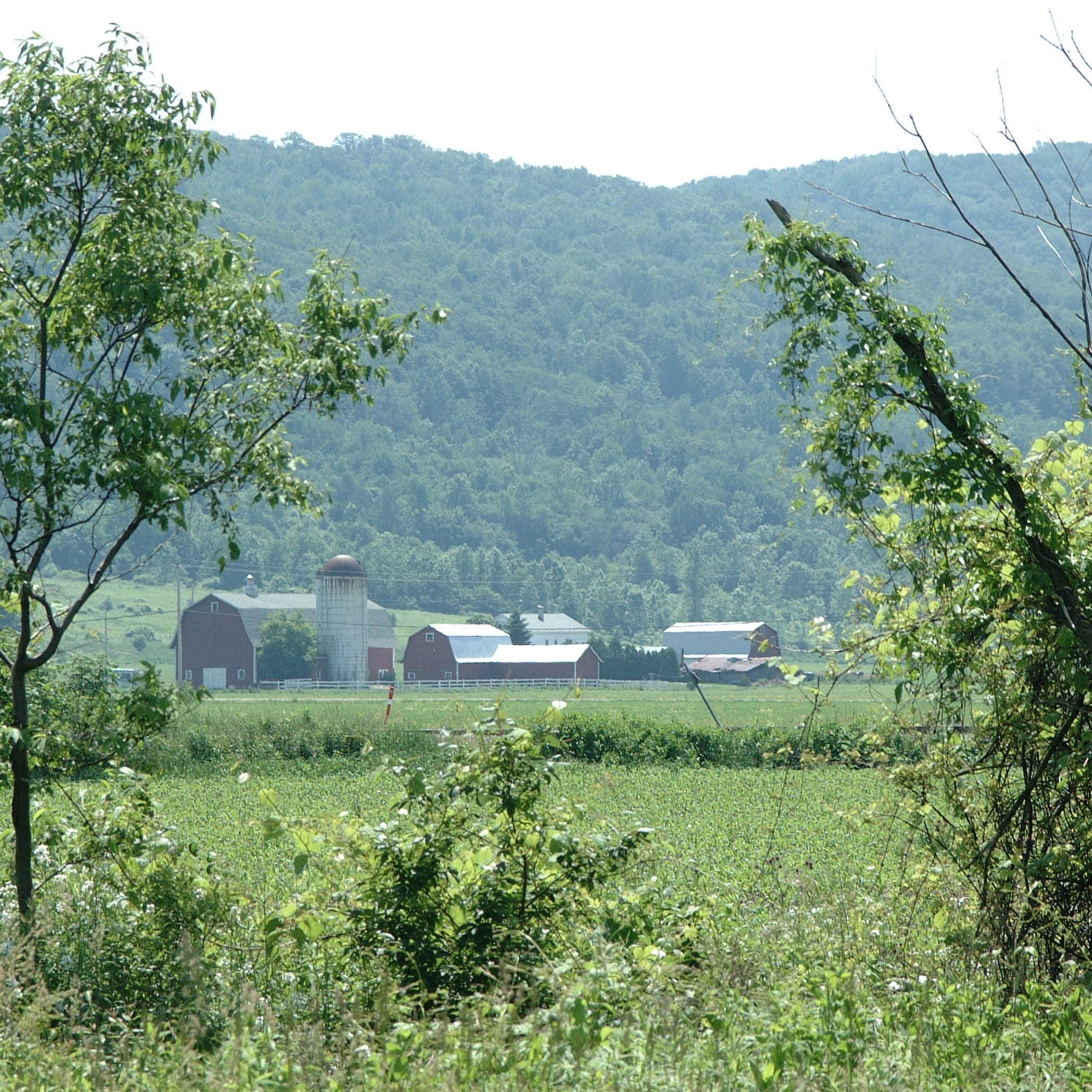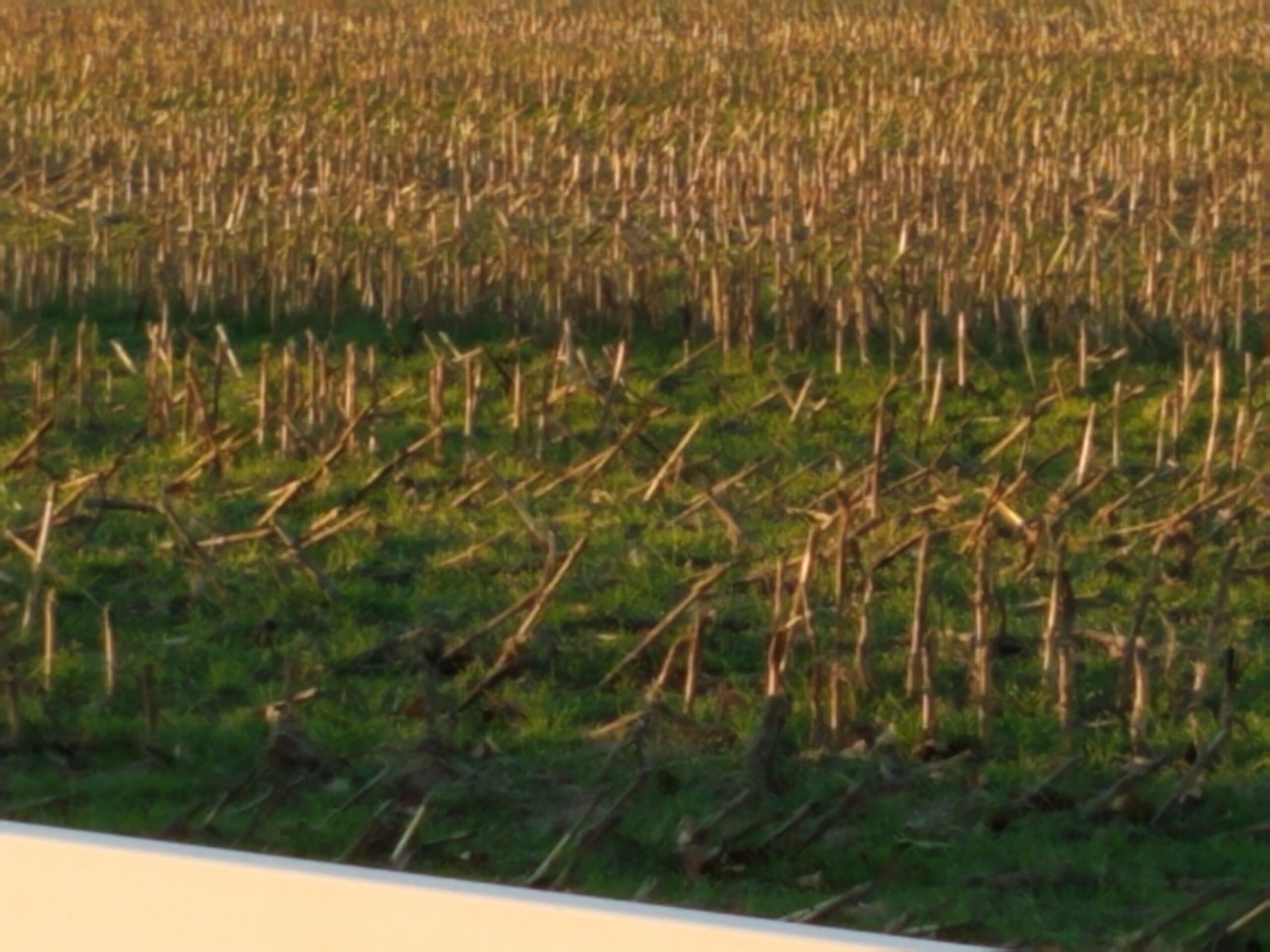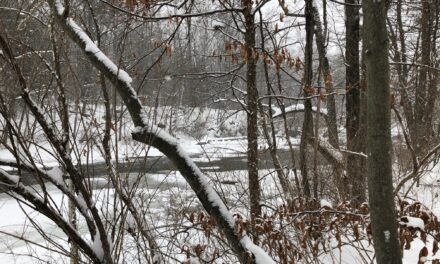They’re on the move and we need your help to stop them! There are lots of invasive species that have not yet reached Cortland County, but have been found nearby.
The yellow floating heart (Nymphoides peltata) is a perennial, rooted, aquatic invasive plant that resembles water lilies. The stems of this plant can grow up to 2 meters long and lie just below the water surface. Being right below the water surface allows for this plant to branch into smaller plantlets. Their round or heart-shaped floating leaves grow to be anywhere from 3-12 cm in diameter, and are green or yellow-green. The undersides of the leaves can be purple. These plants can produce 2 to 5 bright yellow, five-petaled flowers. This plant typically forms dense patches of vegetation that outcompete and displace native plants. This then creates stagnant, low-oxygen conditions in the water. This plant is now established on Long Island, and in the Hudson Valley.
Hydrilla (Hydrilla verticillata) is a submerged plant that grows in whorls of three to eight. The undersides of hydrilla leaves are spiny. This plant looks very similar to American or Canadian waterweed, which is a common native aquatic plant. The American or Canadian waterweed has smooth leaves that are arranged in whorls of three. Hydrilla is a threat because it spreads quickly and once it is established it forms dense stands. These stands then crowd out native species, and disrupt aquatic habitats. This is also known to clog waterways and restrict water flow. This can then cause damage to water control structures and inhibit recreational activities. This plant is currently found in the counties of: Monroe, Cayuga, Tompkins, Tioga, and Broome.
The spiny waterflea (Bythotrephes longimanus) is a tiny crustacean that is less than 1.25 cm in length. It has a straight, long, sharp, and barbed tail. The spiny waterflea live in freshwater or brackish lakes, and prefer cooler areas of water. These are a threat because few predators can eat them due to their tails, and this can result in exponential waterflea population growth. This waterflea also feeds on native zooplankton, which are vital to the native small crustaceans and fish. In some lakes, the native zooplankton have been completely eliminated from the food chain. The elimination of this has caused a serious decline in native fish populations. In addition to this, they also interfere with fishing. The spines of them catch on fishing line, and this in turn can result in clogged fishing rod eyelets or damaged reel systems. This then prevents fish from being able to be reeled in. The spiny waterflea can currently be found in Monroe county.
Keep your eyes out for these new invaders! Populations found early can be eradicated or controlled. Come back tomorrow to find out what to do if you find an invasive.
For more information, visit http://www.ccstoptheinvasion.org/ or http://fingerlakesinvasives.org/


